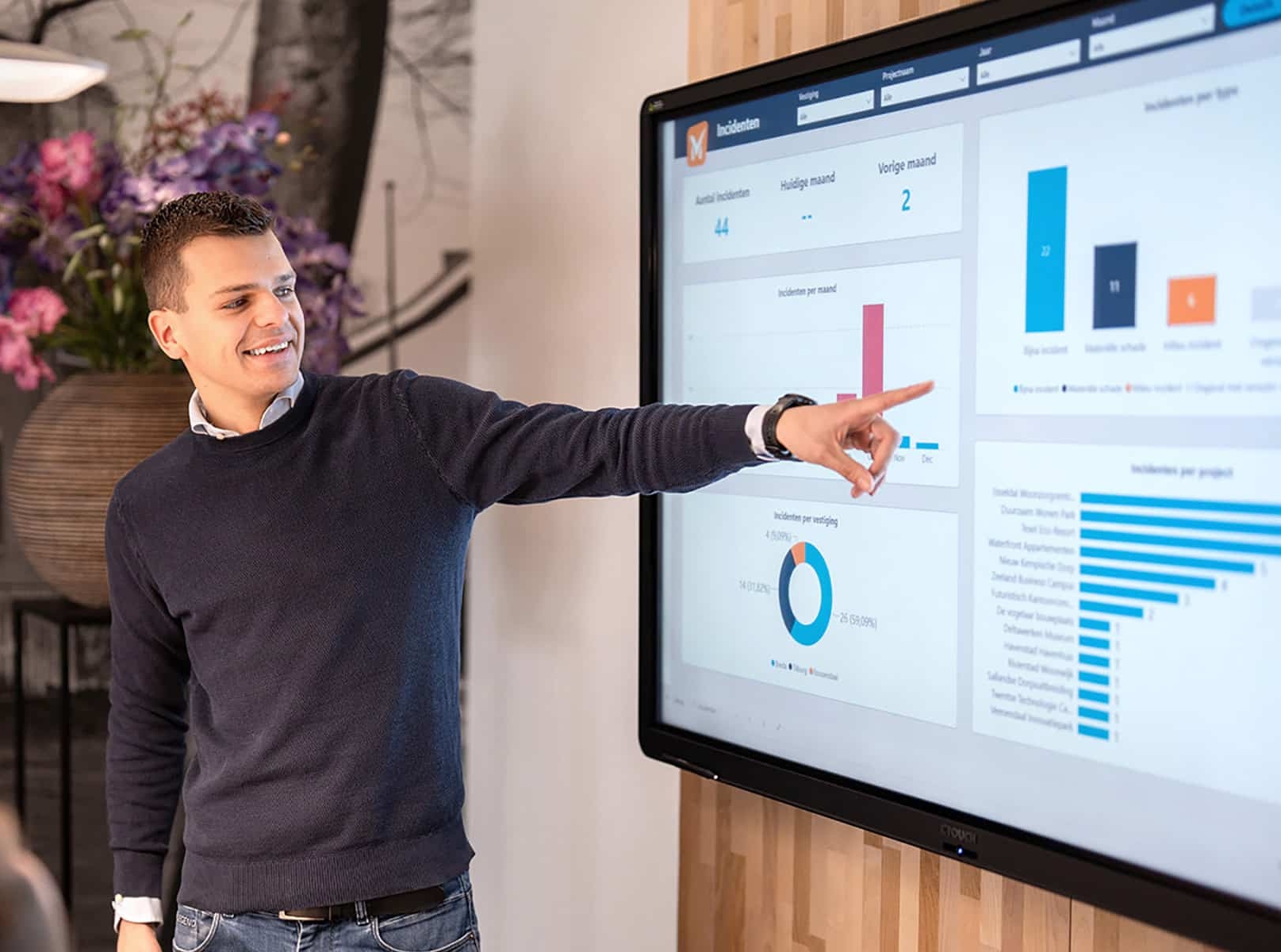
How do you implement 5S in your quality management?
The 5s method is a great combination with quality management. With 5s, you will systematically clean up and rearrange your resources. Often only physical things on the shop floor are considered. But it is also often chaos within organizations when it comes to data and information.
With the 5s method, you can systematically clear away the chaos and ensure that a tidy workplace remains. As a result, it greatly increases efficiency in the work to be performed.
What is the 5s method?
5S is a Lean tool and a roadmap for a tidy workplace, to reduce waste in the workplace. It provides overview, peace and structure. (Source: LeanSixSignaGroup)
The 5s method is named after the 5 different steps you go through while executing (separate, arrange, clean, standardize and boost). The method focuses on preventing waste. An orderly (digital) workspace prevents lengthy searches or using an incorrect, wrong or duplicate file. The 5s method is not a one-time event and one must ensure that the entire organization is involved.
Only in this way will you gain insight into all existing information sources and be able to pinpoint bottlenecks. A well-organized digital workplace will speed up the turnaround time of business processes and increase quality.
Why is the 5s method important for quality management?
The PDCA improvement cycle is central to quality management. If one translates this to information management it means that one often has to search for the right information or one frequently uses wrong information. With the 5s roadmap, you ensure that (starting from the current undesirable situation) you strive for an end situation that improves business processes. Now and in the future. So it is a very practical way to improve quality within your organization. And after all, this is the ultimate purpose of a quality management system.

Want to know more? Get in touch
Do you have questions or are you curious how LeanForms can support your organization? We are ready to answer all your questions! Get instant specialized advice on the best solution for your specific situation.
Related items

RI&E: From obligation to dynamic tool
Preparing a risk inventory and evaluation (RI&E) has been a legal requirement for some time, but despite this, many companies struggle to set up their RI&E correctly.

Business continuity management
business continuity management sounds like a “far from my bed show” to many entrepreneurs. Or they prefer not to dwell on it.

Performance indicators, to measure is to know
Performance indicators are indispensable for organizations managing for quality. And quality can be expressed in many ways. A good product, safe execution of work, or good accounts payable management.

Prospective risk analysis, smart execution one less worry!
With a prospective risk analysis, you analyze risks. The power of a good PRI is in its integration with daily activities.

